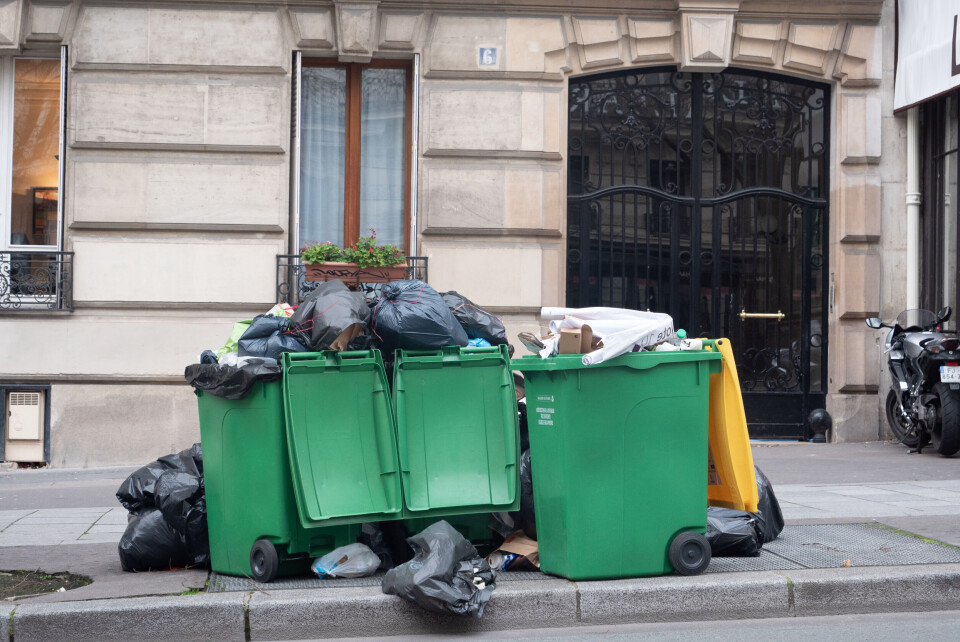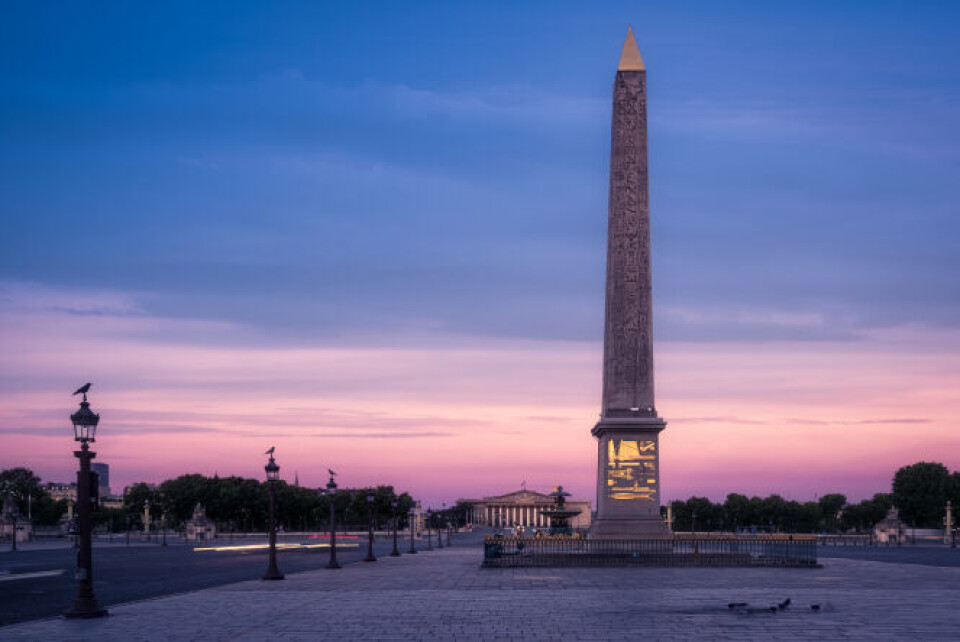-
Drinking tap water restricted for children in south-west France communes
Haute Garonne prefecture says the measure is precautionary and due to high chlorate levels
-
‘Trustworthy’ media label idea from Macron causes political storm in France
Comments prompted fierce political backlash from right but government insists it was taken out of context
-
French prime minister faces fresh problems to pass a 2026 budget
MPs continue to argue over budget but alternative measures could possibly see government toppled
Paris to have a ‘manifesto for beauty’ after social media criticism
The new initiative includes plans to improve ugly street furniture and poorly-maintained areas. The Concorde Obelisk is also to get a makeover

Paris is to have a “manifesto for beauty” after it was heavily criticised by the online social movement #SaccageParis for what it called ugly streets and non-maintained areas of the capital.
The new initiative will include rules on visual appearance and upkeep, announced first mayoral deputy, Emmanuel Grégoire.
It comes months after #SaccageParis (which loosely translates as “Trash Paris”) accused mayor Anne Hidalgo of “disfiguring” the city with ugly modern street furniture (such as modern benches and odd-shaped rubbish bins) and cut-off tree stumps; and failing to maintain the cleanliness and tidiness of the streets.
#saccageparis ...place Victor Hugo. No comment .....😪 pic.twitter.com/rQCaXSse7p
— JM (@jmpicard75) January 14, 2022
The hashtag was used on social media to accompany many user-posted photos of poorly-maintained areas of the city, including concrete blocks left strewn in streets, and damaged street lights badly fixed with tape.
Some initiatives designed to improve the capital were criticised as failures, such as “green squares” around each tree, which were intended to enable residents to grow plants, but instead have become overrun with weeds, rubbish and dog mess.
#EmilyInParis #Netflix more great locations sites for your next episodes in proud green ecolo socialist Hidalgo mayor ⤵🍦#loveparis #MayorsChallenge #AnneHidalgo #saccageparis pic.twitter.com/GRwBZzQe4Y
— Rosebud (@PegaseRosebud) January 14, 2022
Mr Grégoire denied there was a link between the movement’s criticism and the new measures, although he did say that the group’s claims had been exaggerated. He said that it was unreasonable to say that the whole of Paris had become a rubbish bin simply because one photo showed a dirty pavement.
The new measures include an end to the “green squares” at the foot of trees, except for some that have been well-maintained. They will now be replaced with paving and drainage.
Lord help us.#WreckingParis#SaccageParis pic.twitter.com/YuZZt7DCsp
— Daniel Ino 💸 (@danielino22) January 18, 2022
Many temporary cycling lanes, many of which were introduced during the first lockdown as more people began to cycle, will now be made permanent or otherwise better subsumed into the existing roads.
This will aim to remove unsightly concrete road dividers, which have in many cases become covered in graffiti or marked out with garish yellow or green paint.
The Mairie’s new guidelines will also include rules for street furniture, and the removal of certain benches and “modern” seating designs that have faced criticism.
Restoration of ancient monument

It comes as the Concorde Obelisk, also known as the Luxor Obelisk, in Place de la Concorde, is set to be restored by a team of expert engineers and restorers.
The Obelisk is a 23-metre, 222-tonne column of granite (30-metres with its pedestal) that was offered as a present to France from the temple of Luxor in Egypt. Estimated to date back 3,300 years, it has been installed in the capital since October 25, 1836.
The small pyramid at the top has been covered with gold leaf since 1998.
The €1million project is set to be overseen by the historical monument lab, le laboratoire de recherche des monuments historiques (LRMH), and is expected to be completed in late May or early June.
Its restoration will also honour the bicentennial anniversary of the deciphering of hieroglyphics (writing from Ancient Egypt) by French Egyptologist and scholar Jean-François Champollion in 1822.
Mr Champollion is known for his work in translating the Rosetta Stone, which was discovered in 1799 by a French officer during the Napoleonic Egypt campaign.
The Obelisk itself is covered in hieroglyphics, which are dedications to gods by Pharaoh Ramses II, and repetitions of the pharaoh’s own name.
Culture Minister Roselyn Bachelot introduced the work on January 17, and explained that the statue will be “cleaned of the film of pollution that has encrusted the Egyptian symbols carved in the stone", as part of the work to restore it to glory. The gold leaf will also be restored.
The project has been 86% financed by specialist company Kärcher, which has previously restored the Statue of Liberty in New York, US; and Christ the Redeemer in Rio de Janeiro, Brazil.
Related articles
700m facelift for 'ugly' Paris tower
























